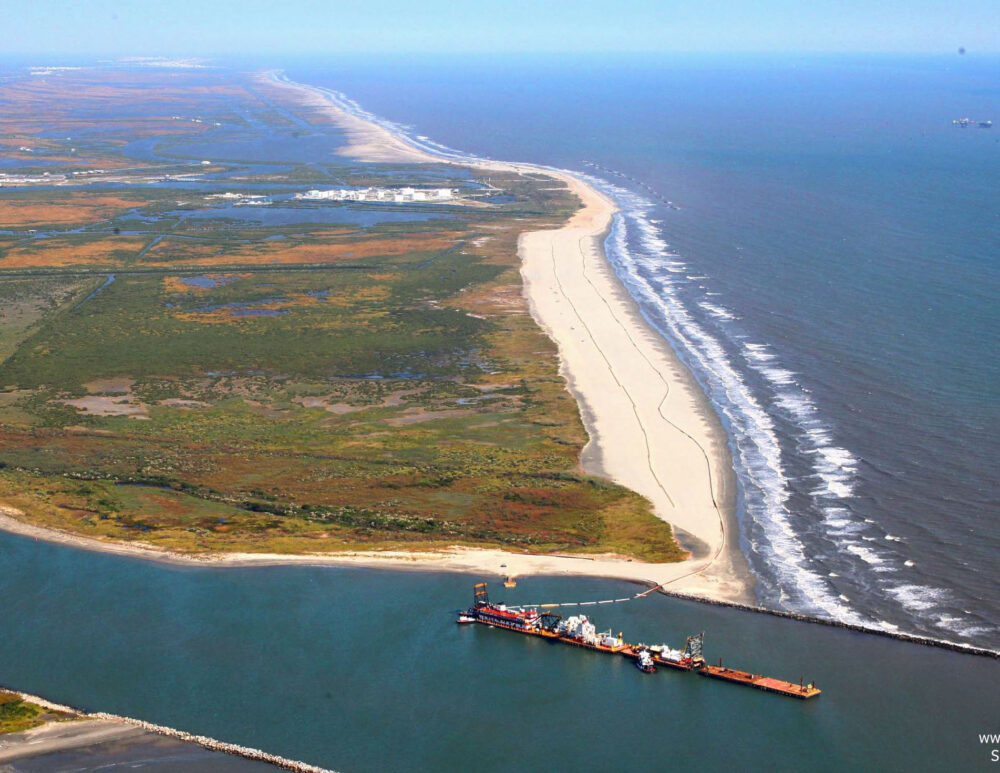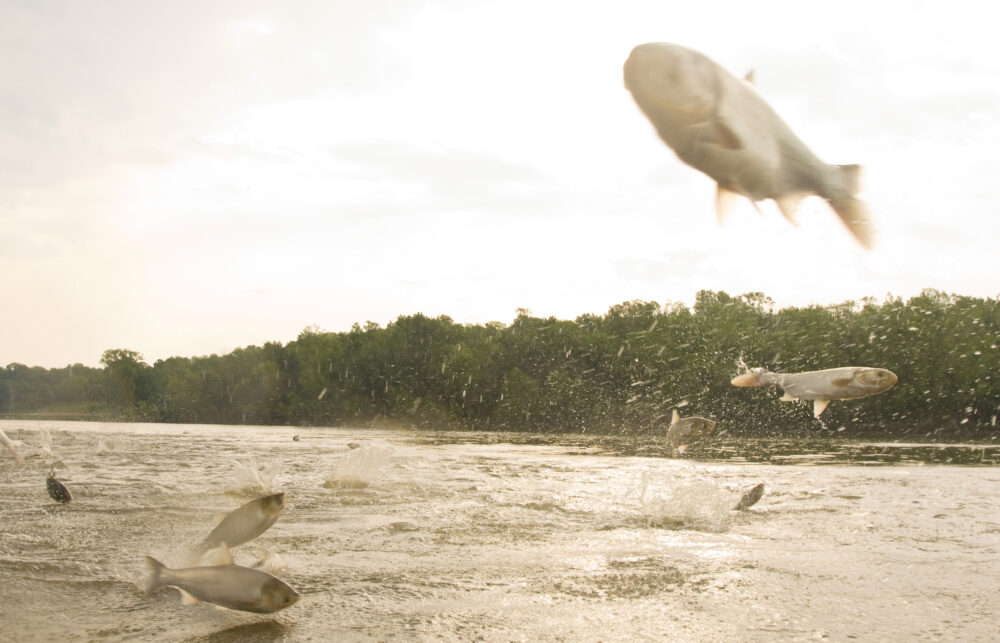We have much more to do and your continued support is needed now more than ever.
Farmers Work with Wetlands to Reap Benefits

Ecosystems work in much the same way as bustling cities do. Amidst a constant frenzy of activity, each member plays an important and specific role within a self-contained world. Some of the most vibrant city-like ecosystems in the world are wetlands, which are rich in plant and animal species and have tremendous beneficial capabilities for agriculture.
Unfortunately, about 50 percent of all U.S. wetlands disappeared by 1993, according to a U.S. Fish and Wildlife Service census. In an effort to benefit the agricultural industry and the environment, the National Wildlife Federation released a new report about Future Friendly Farming practices, calling for farmers to work toward restoring native lands, such as a wetlands, while reaping from the natural benefits.
Working with Native Lands
The report identifies seven techniques farmers can implement to work alongside native lands and wildlife to gain natural benefits. By implementing practices like organic agriculture and planting cover crops, farmers can save money and simultaneously decrease soil erosion, improve nutrient retention in the soil, and increase nesting for ground-nesting birds. In an effort to retain or return native ecosystems, farmers can benefit from wetlands’ remarkable self-sustaining qualities.
What’s So Great About Wetlands?
Wetlands have the remarkable ability to filter agricultural runoff, proving much more effective than other processes at removing common agricultural chemicals, particularly the herbicide atrazine. According to the study, the slow water movement of wetlands allows for sediment to settle, providing a natural catchment of material and chemicals from surface runoff. In fact, numerous studies have shown that wetlands speed up the atrazine degradation process to less than 70 days, while it may take years for similar atrazine degradation to occur in open bodies of water.
Categorized into four major branches (marshes, swamps, bogs and fens), wetlands are complex worlds teeming with life. A healthy wetland can support more species of birds, amphibians, reptiles, mammals and plants per acre than almost any other habitat. According to the Environmental Protection Agency, more than one-third of the United States’ threatened and endangered species live only in wetlands, and nearly half use wetlands at some point in their lives. Familiar inhabitants of wetlands include herons, owls, hawks, ducks, alligators, turtles, snakes, salamanders, frogs, fish, muskrats, otters, panthers, raccoons, deer – the list goes on.
The Future of Friendly Farming
Not only do wetlands harbor an incredible diversity of life, they also benefit farmers by creating cleaner water through their natural filtration system. Additionally, the unique relationships between diverse species living in wetlands maximize plant growth and nutrient production. Wetlands can be worth up to $12,000 per acre for farmers thanks to their ability to regulate water flows and eliminate chemicals from water. Restoring wetlands, especially within agricultural areas, can provide an often overlooked benefit to society.
The full report is available here (pdf).




















